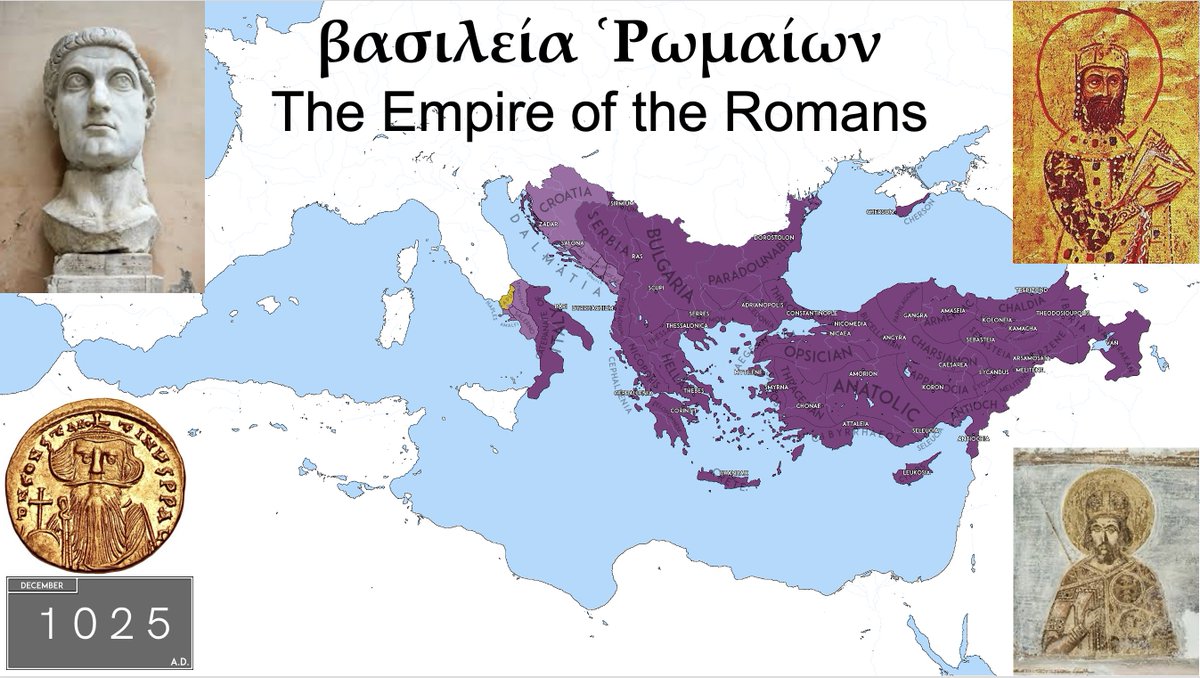This week Americans celebrate Thanksgiving. How did a sixth-century Roman give thanks? One way was a charitable gift that commemorated the event for which the donor was grateful. In this 🧵, two examples: Belisarius and Theodora. #Roman #Byzantine #History #Thanksgiving 



1) Perhaps in 537, Belisarius gifted the See of St. Peter, via Pope Vigilius, a jewel-encrusted gold cross weighing 100 pounds. A clue that this was a thanks offering is that the cross was inscribed with the details of Belisarius' recent victory over the Vandals (533-534). 

This cross sadly does not survive today, but a processional gold cross from a later era (ca. 1000) may give some indication of what it looked like. This beauty is held in the @metmuseum:
metmuseum.org/art/collection…
metmuseum.org/art/collection…

The timing of the donation, the church that received it, and the nature of the gift all suggest that this cross was meant to demonstrate the gratitude of Belisarius to God (or perhaps St. Peter specifically) for supporting Belisarius in his overwhelming victory over the Vandals. 

I tweeted about the first portion of Belisarius' campaign against the Vandals in North Africa back in September. Here is the consolidated thread of his actions in September 533, in case you missed it back then:
https://twitter.com/byzantineprof/status/1575831159757414400
2) Belisarius' empress, the renowned Theodora, made a charitable gift of a quite different nature that perhaps expressed her gratitude for salvation from a difficult time in her life, rather than appreciation for assistance in a great victory. 

Sometime during her reign as empress (527-548), perhaps as early as 528, Theodora endowed a remarkable convent named Metanoia ("Repentance"), which was to house young women who had been freed from forced sex work ("wretched slavery," as one contemporary called it).
Procopius, in his panegyric "On Buildings," describes the convent as "a refuge for women who repented of their past lives." It is hard not to see in the foundation of this convent and the description of its mission statement an echo of Theodora's own life. 

Theodora became an actress at a young age, and it is not unlikely that as such she also engaged in sex work. Procopius describes this sort of work vividly, if possibly fictively, in the Secret History. For young actresses in extreme poverty, prostitution was not uncommon. 

But Theodora escaped that life, first by becoming the concubine of a governor, and then ultimately by marrying Justinian and becoming empress. She seems to have never forgotten about young women in trouble, however, and felt moved to help them. 

Theodora's foundation of Metanoia can therefore be seen not just as philanthropy but also as a thank offering for her own escape from poverty and forced prostitution. A good reason to give thanks indeed. Fin.
• • •
Missing some Tweet in this thread? You can try to
force a refresh





















